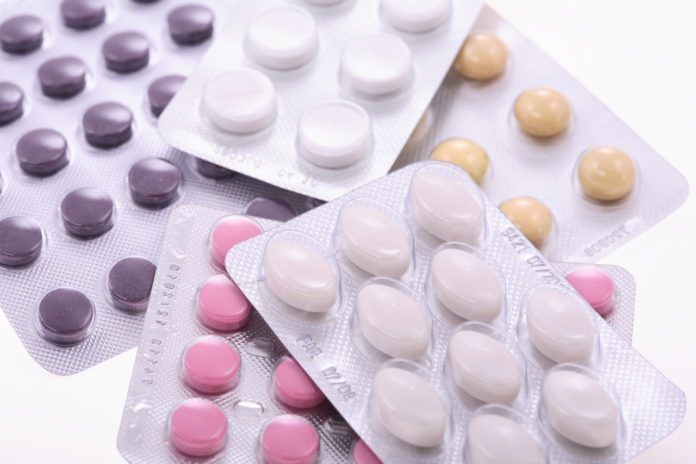
PRESCRIPTION medicine copayments will be cut by between 50 cents and $1 under a federal budget plan that could save taxpayers hundreds of millions of dollars.
The medicine price cut which could save some patients $120 a year will apply only if patients use cheaper generic medicines that save the government money. These are cheap copies of original brand names medicines that have come off patent.
News Corp understands Health Minister Sussan Ley is considering the plan as part of negotiations over the sixth pharmacy agreement which sets out what chemists are paid.
News Corp understands the government’s razor gang has asked for savings of $3 billion from the medicine industry over the next five years, not all of these must come from the Pharmaceutical Benefits Scheme.
The cheaper generic prescriptions are being considered as part of the Health Department’s savings plan for the May budget.
Up to 78 per cent of medicines sold in the US are generic; in Australia, they make up around 40 per cent, because there is no price incentive for most people to buy them.
Under our Pharmaceutical Benefits Scheme pensioners and concessional patients who use generic medicines pay the same $6.10 copayment for their drugs as those who use the more expensive brand name — which means there is no incentive to use them.
General consumers only get a discount if the price of the generic medicine falls below the $37.70 copayment they must pay.
Under the plan being considered by the government this copayment would be cut by 50 cents or $1 under the plan.
For example, antibiotics which costs pensioners $6.10 now would drop to $5.10.
The savings will increase over time as a new wave of medicine copies called biosimilars start to hit the Australian market later this year.
Many high cost biological medicines to treat arthritis, cancer and other disease are made from living organisms such as cloned human white blood cells unlike conventional medicines which are made from chemicals.
These medicines currently cost our medicine subsidy scheme $1.3 billion a year and nine of them are due to come off patent in the next decade starting with arthritis medicine Remicade in 2015.
Since the introduction of the first biosimilar (filgrastim — used to treat a dangerously low white blood cell count) in Australia in 2011 total PBS expenditure on the originator and biosimilar reduced by 13 per cent.
Biosimilar versions of these medicines could save the taxpayer many hundreds of millions if patients could be encouraged to use them by a cheaper copayment.
One other option to save more money from the PBS being considered by the government is to increase the initial price cut the government imposes when a medicines first comes off patent from 16 per cent to 20 or 30 per cent.
Health Minister Sussan Ley said negotiations for the sixth Community Pharmacy Agreement were progressing in a positive and constructive manner.
“The negotiations for the sixth Community Pharmacy Agreement and broader Pharmaceutical Benefits Scheme reforms have been open and consultative, engaging everyone in the pharmaceutical supply chain,” Ms Ley said.
“As a result of this open and transparent approach, a broad range of constructive ideas and policy options have been put on the table by stakeholders including generic co-payments.”
News Corp understands the government is also considering a review of all Medicare rebates with a view to slashing the amount it pays for medical services that have become cheaper as a result of technology or new procedures.
The government is already saving tens of millions of dollars a year by tightening eligibility for vitamin D tests and changing the ordering of Vitamin B12 and other blood tests.
In 2009 the previous Labor Government tried to half the Medicare rebate for cataract surgery claiming medical technology had made the procedure much quicker but it faced a backlash from doctors and had to back down reducing the cut to 12 per cent
